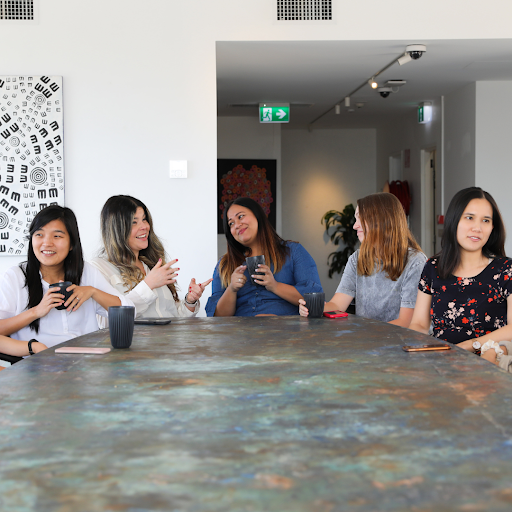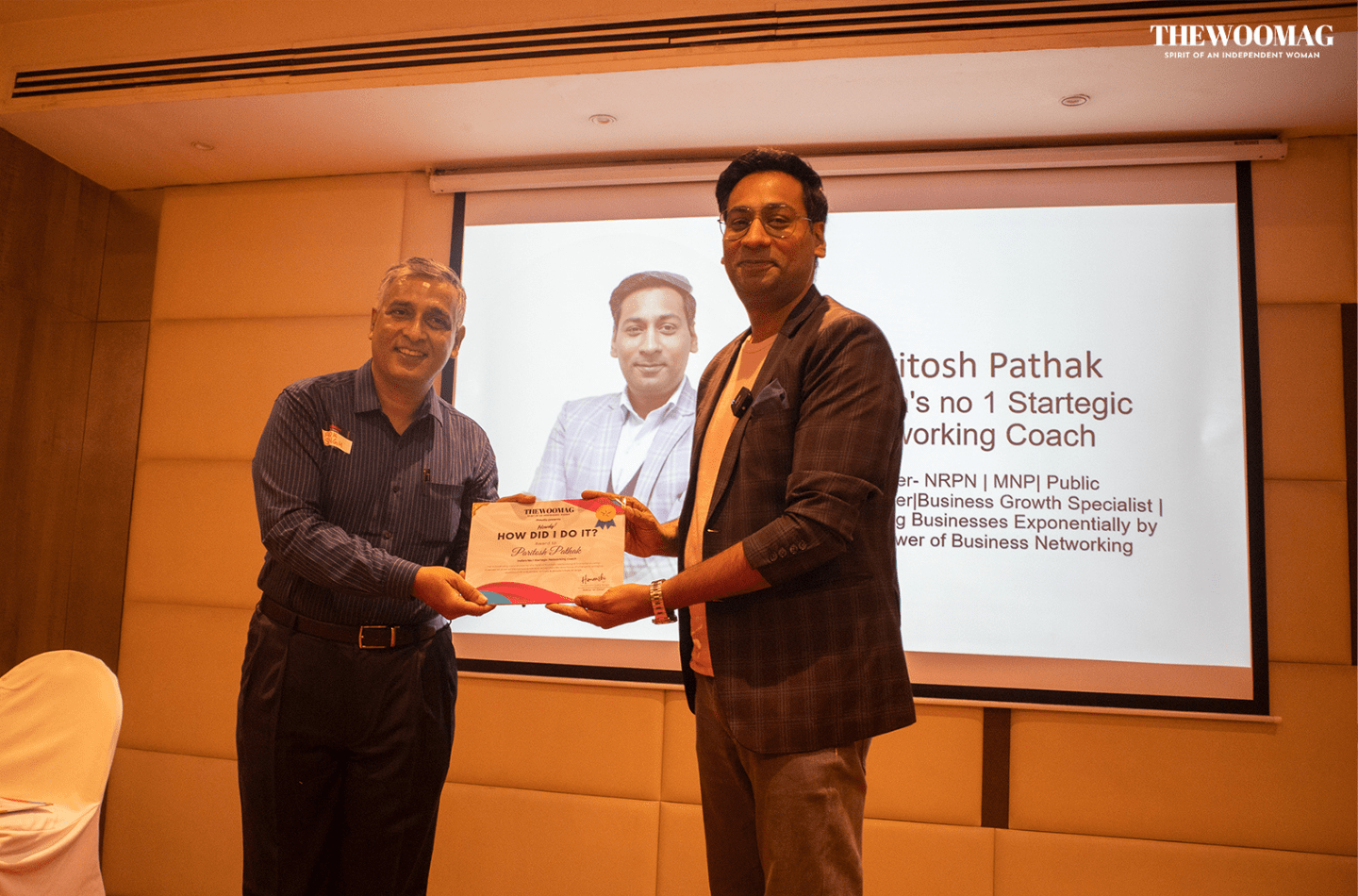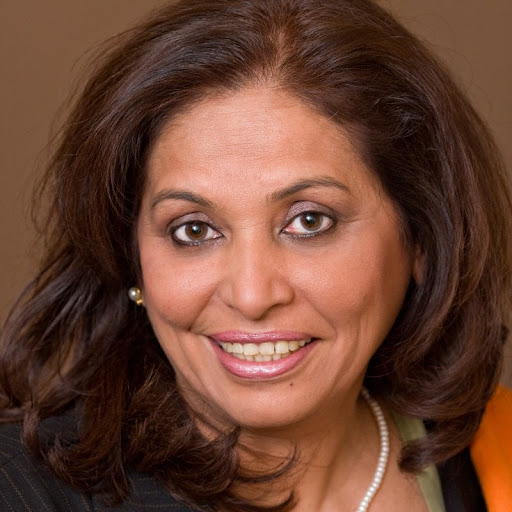Career , Work , Business
Global Leaders, Are You Communicating to Connect?
Anita Sachdev, shares 3 keys for global leaders to decode the cultural barriers in this ever-changing complex international cultural fabric.

Leaders today are redefining their communication styles and approaches in this new hybrid work environment with teams working across time zones. The sensitivity to understand and be understood amidst these variables is the need of the hour that would help optimize relationships and productivity. Let’s examine why.
As an interculturalist, I have noticed that cross-border communication can be a major challenge and a reason for business failures.
Taking a business across ‘borders’ to global shores needs navigating an array of obstacles. The significant disparities in language, mannerisms, and stereotypes are just the initial obstacles. The lack of awareness and sensitivity to cultural norms, values, ideologies,, and work practices further complicates the situation.
Cross-cultural communication expertise is about understanding how people from varied cultural backgrounds communicate in similar and different ways- 1) among themselves, and 2) across cultures.
Let’s examine why communication that seems so easy, but becomes complex when working across borders.
First, communication differs in how information flows in different countries.
Erin Meyer, the author of the culture map, educates us on the need to discern communication dimensions based on geography and culture. She highlights a foundational barrier in communication which is both a value and driver and hence a cultural norm. So, there are countries that prefer low-context communication and others high-context communication.
To explain, low-context communicators are generally explicit, focusing on tasks. They use short, crisp, and to-the-point messages. And, high-context people communicate implicitly, focusing on relationships. They use gestures and body language along with stories to deliver their message.
Some of the low-context countries are Sweden, Germany, USA . Some examples of high-context countries would be Japan, Brazil, and India among a few more.

Secondly, interpretations of the spoken word may vary. These could be significantly different based on cultural values and sense of self.
When a British executive says “I was a bit disappointed”, what he actually means is he was very upset and angry; Why? Because the British are very polite and would like to stay polite even under extenuating circumstances.
A typical Dutch would interpret it as “It doesn’t really matter”. Why? Because the Dutch are a very direct culture and don’t understand excessive politeness. The results of this misinterpretation can be catastrophic in the business world. These are subtle clues that one needs to be aware of when interacting across borders. Being on the same page is vital to build and sustain a long-term partnership.
Thirdly, there are even challenges associated with the company. If corporate HOs are country-driven, communication approaches may not be easy to adapt over cultures. A good example is L’Oréal.
As part of its organizational culture, L’Oreal encourages confrontation and debate which is ‘being French’. They even teach employees a structured approach to expressing disagreements in meetings.
But, would this approach work across borders, especially in indirect and hierarchal cultures? For example, in China, engaging in a debate is not considered healthy workplace behavior. Rather it is construed as a loss of productivity. Questioning your boss is simply not an accepted norm in the workplace.
When the French and Chinese teamed up, it was a cultural shock for executives in China. It took them time to seamlessly integrate into the organizational culture through training. Eventually, the Chinese could see the positives of this practice. Over a period of time, they not only adapted but also internalize this in their own cultural fabric. They realized the merits that how these debates were generating diverging opinions, and hence, innovative solutions. L’Oréal more than engaged their Chinese colleagues and brought them up to speed on their way of working.
To conclude, it is critical to dissolve such barriers. Global leaders along with L&D professionals need to reflect and create a dipstick check to know whether they are at par with their contemporaries.
Your global colleague, customer, vendor, or supplier in another geography will be heartened to see the effort you are making to bridge these gaps and enable business. In the words of Anthony Robbins, “To effectively communicate, we must realize that we are all different in the way that we perceive the world and use this understanding as a guide to our communication with others”.
RELATED ARTICLES





.png)







![cover-57_Incredible_TED_Talks_By_Women_That_Will_Boost_Your_Productivity[1].png](https://www.thewoomag.com/backend/images/blogs/cover-57_Incredible_TED_Talks_By_Women_That_Will_Boost_Your_Productivity[1].png)
I-221, 4th Floor, Hilton Drive Avenue, Sec-50, Gurgaon, 122018, Haryana
info@thewoomag.com
+91-8586970572